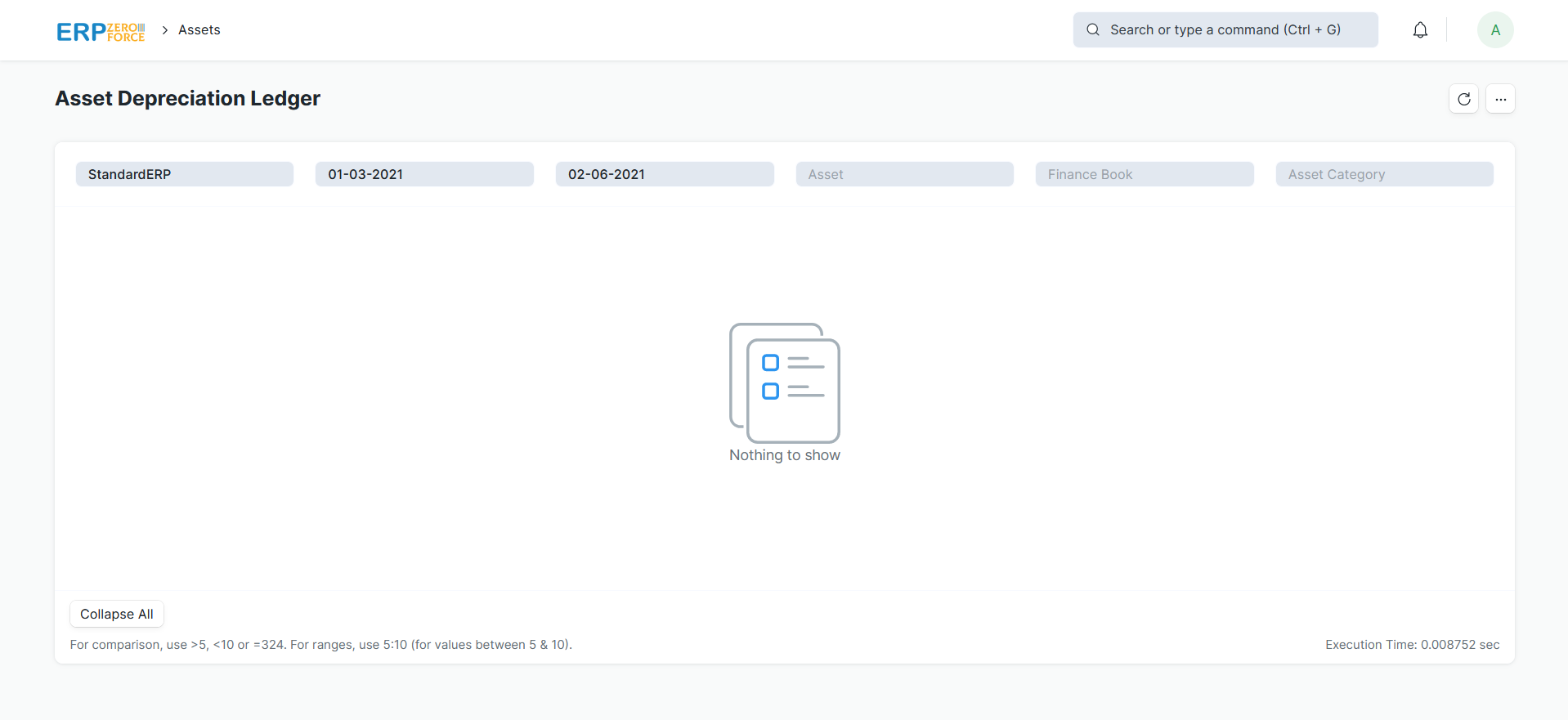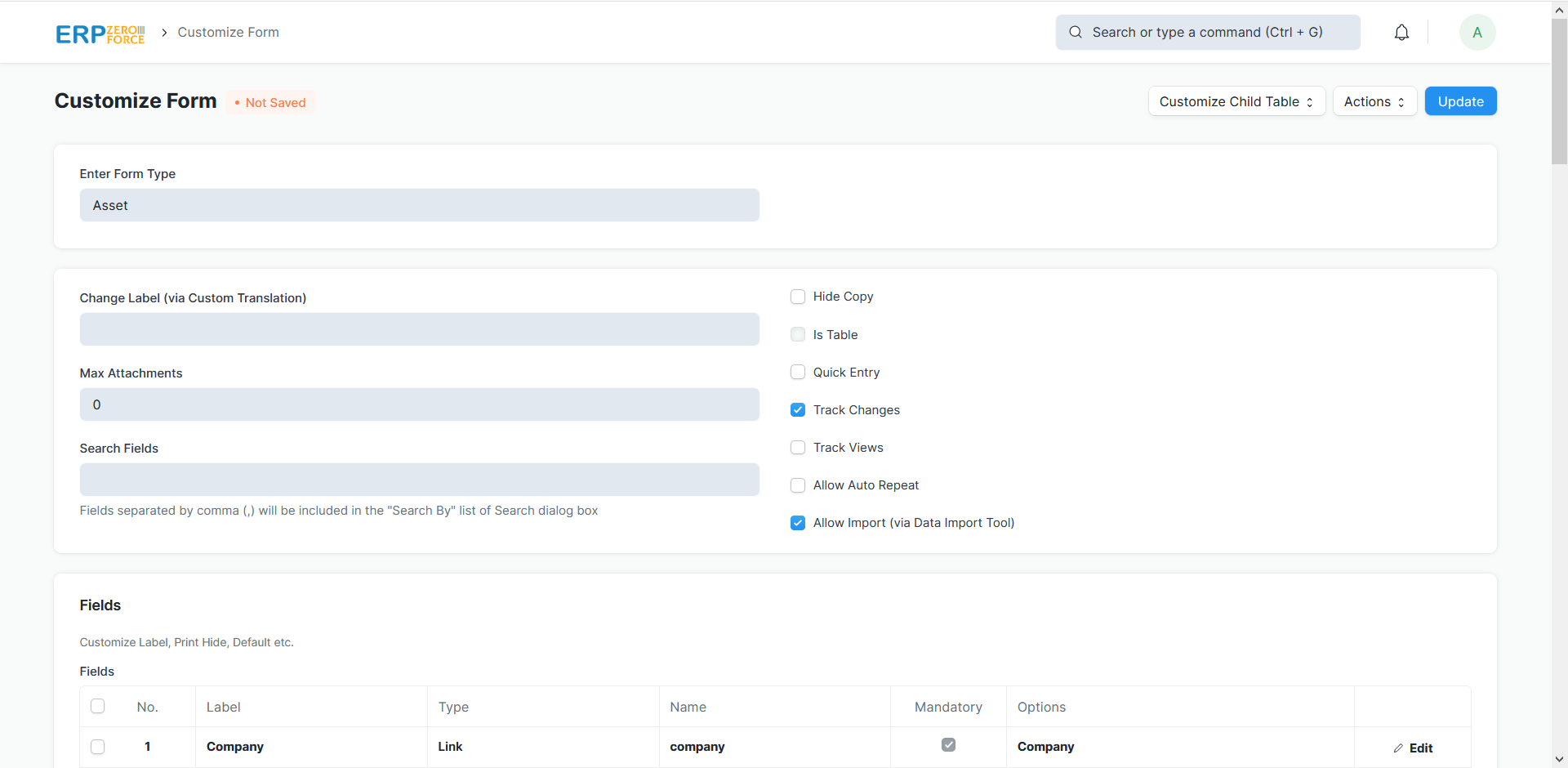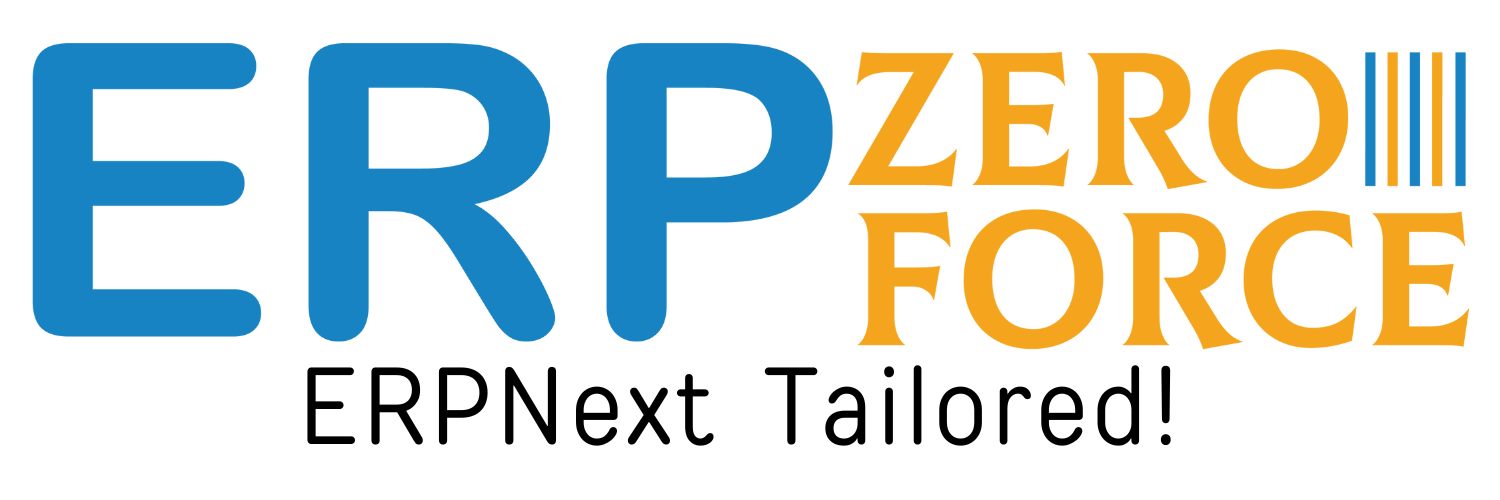ERP ZEROFORCE
Assets Management
Maintain and Manage details of assets, their movement, value adjustment and depreciation. ERP ZEROFORCE makes asset management painless — from purchase to perishment, IT infrastructure to equipment. Cover every branch of your organization, all in one centralized system. Use ample features jam-packed in a single tool to manage assets better.
Fixed asset management and tracking with depreciation, asset allocation and movement tracking
Asset
All the transactions related to an Asset like purchasing, sales, depreciation, scrapping, movement or maintenance will be managed against the Asset master.
Asset Maintenance
Asset Maintenance: ERP System provides features to track the details of individual maintenance/calibration of various assets.
Asset Movement
You can track the location of an asset or to whom it is issued or whenever it is moved from one location to another.
Asset Value Adjustment
In-case of fixed asset management, sometimes the value of an asset needs some adjustment, this can be managed within ERP System
Asset Depreciation
The system automatically creates a schedule for depreciation based on the depreciation method and other related inputs in the Asset record.
Types of Depreciation
- Straight-line: The depreciation is calculated in a straight line and is distributed evenlyover the selected frequency in months. For example, current asset value is 1000, post depreciation value is 500 after 5 years, straight-line would set 100 as a depreciated amount for each year. This method is useful when there is no particular pattern to how the depreciation takes place over a period of time.
- Double Declining Balance: This is also known as 200% declining balance. In this method, 20% is depreciated from the existing value each time. For example, if asset is worth 1000, it’ll be worth 800 in the next period, then 20% of 800 would be 160 so now the asset is worth 640, and so on till the end value is reached. If you start in the middle of the year, 10% depreciation will be calculated. This method is useful when the asset depreciates fast in the beginning and slows down later.
- Written Down Value: A fixed depreciation percentage is set and the asset value depreciates by that percentage over the lifespan of the asset. This fixed percentage is always calculated on the current existing value of the asset. For example, if the value is 1000 and ‘Written Down Value’ is 10% over 5 years, 10% will be depreciated every year to get the expected value of 600 at the end of life. Useful for vehicles where the depreciation is higher in later years.
- Manual: In this method, you can define the Schedule Date and Depreciation Amount for each period
Other features
Customize Print Format
Print Formats are the layouts that are generated when you want to Print or Email a transaction.
Authorization Rule
Authorization Rule allows configuring a custom authorization/approval on documents, based on conditions defined.
Users and Permissions
A role is a set of permissions assigned to a user so that they can access the documents they need to access. For example, a sales employee will need access to sales transactions but will not have access to approve leaves.
Print Formats
Based on the client’s requirement we adjust the print format on invoices and document
Maintain and Manage details of assets, their movement, value adjustment and depreciation.
ERP ZEROFORCE makes asset management painless — from purchase to perishment, IT infrastructure to equipment. Cover every branch of your organization, all in one centralized system. Use ample features jam-packed in a single tool to manage assets better.
Asset Lifecycle
Look here for all information about assets in one place. Created after purchasing or receiving an asset, the asset lifecycle includes every answer you might need — status of an asset, custodian, location, warranty and insurance, depreciation and depreciation schedule, asset transfer, scraping, selling and movements, and more. It’s transparent and crystal clear — like all things should be.
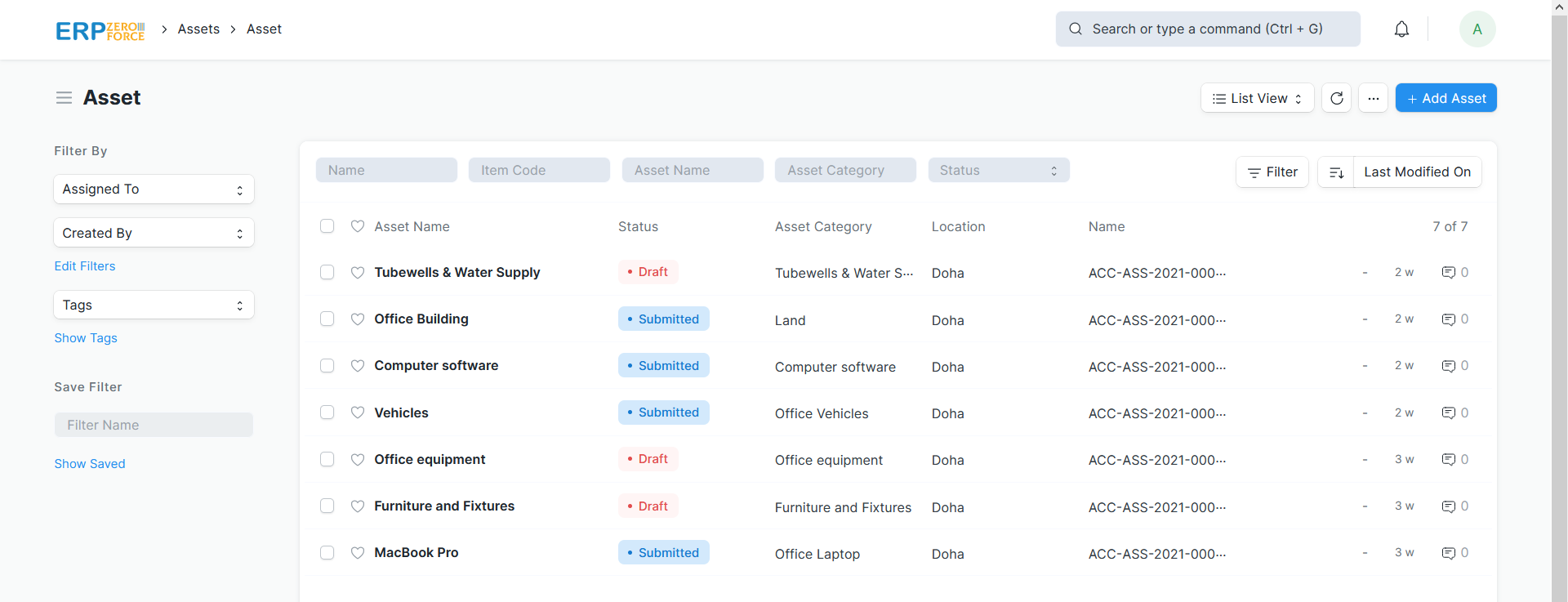
Asset Inventory
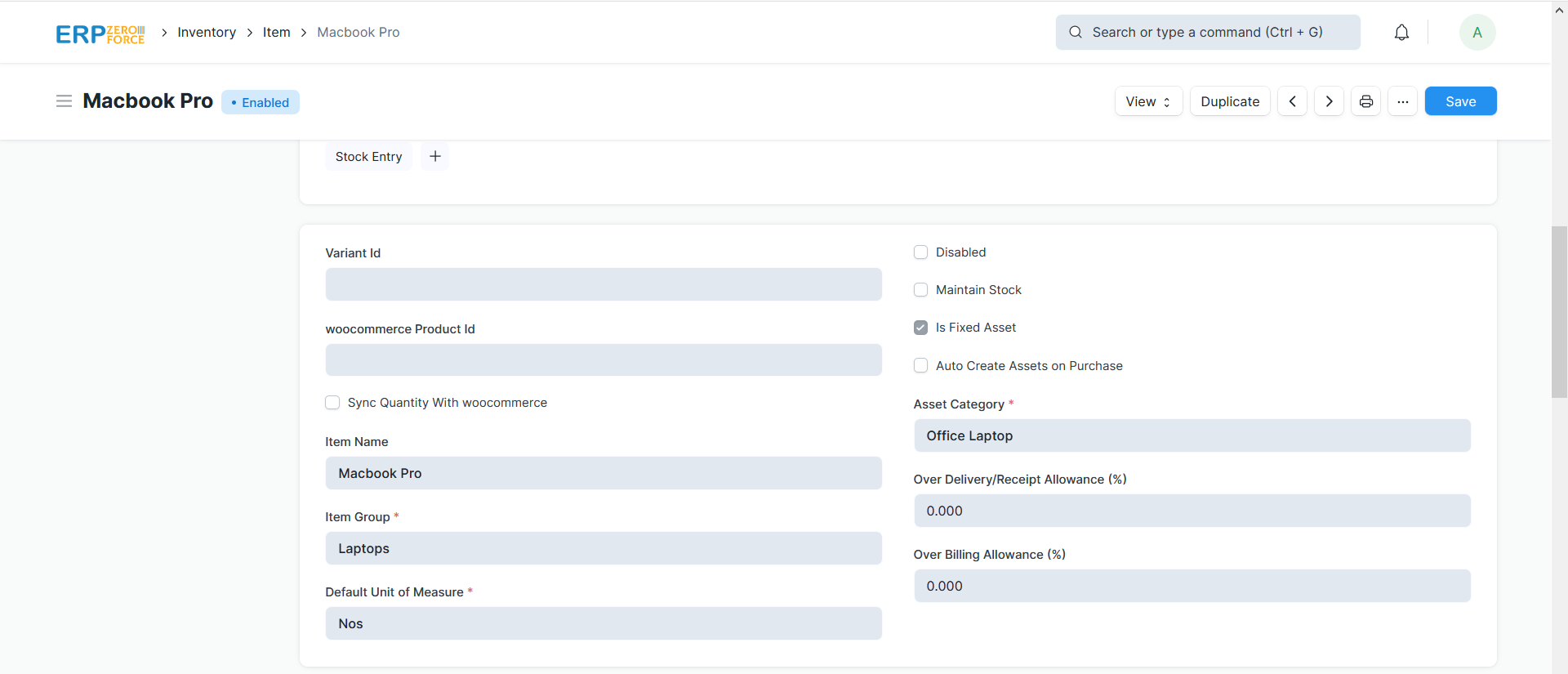
Purchasing Assets

Selling Assets
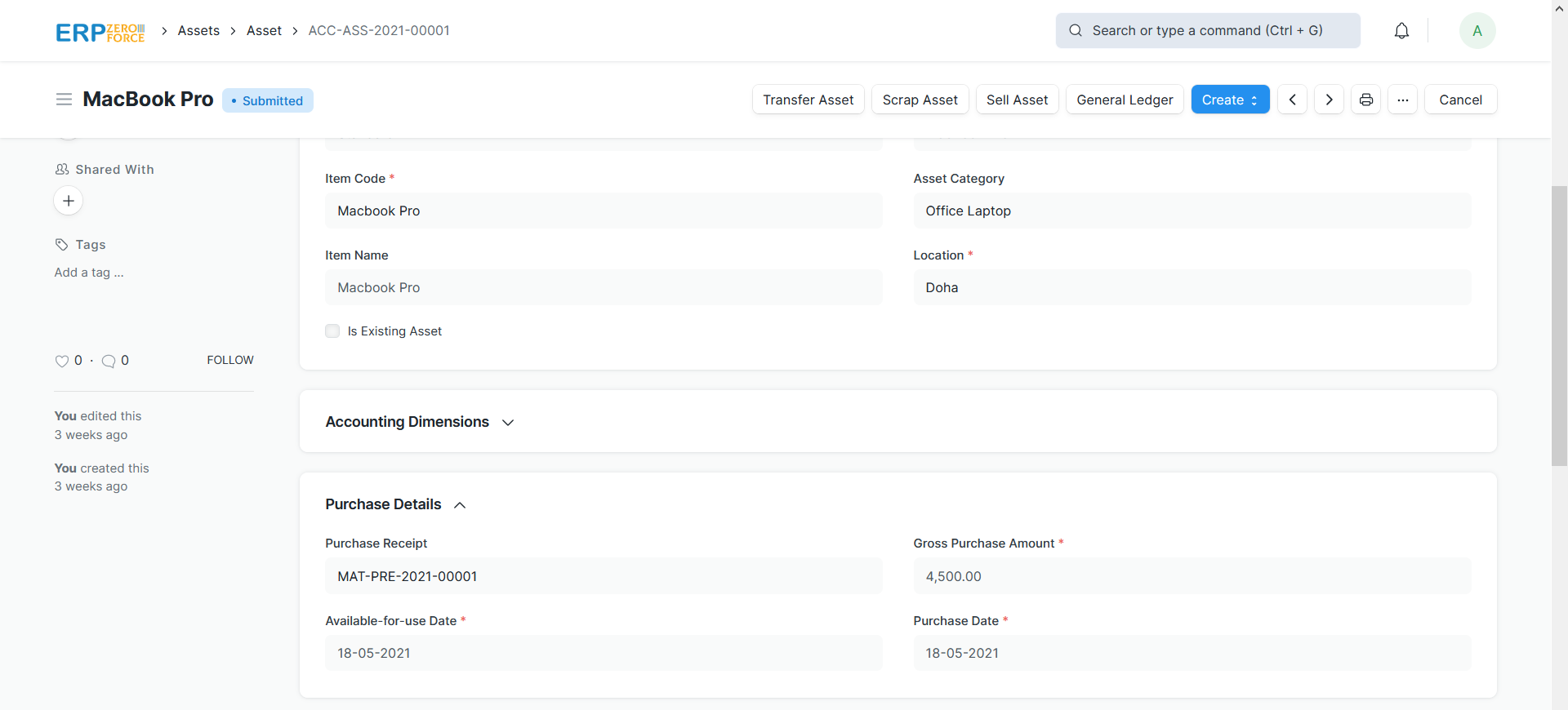
Automating Asset Depreciation

Scrapping Assets

Asset Value Adjustment
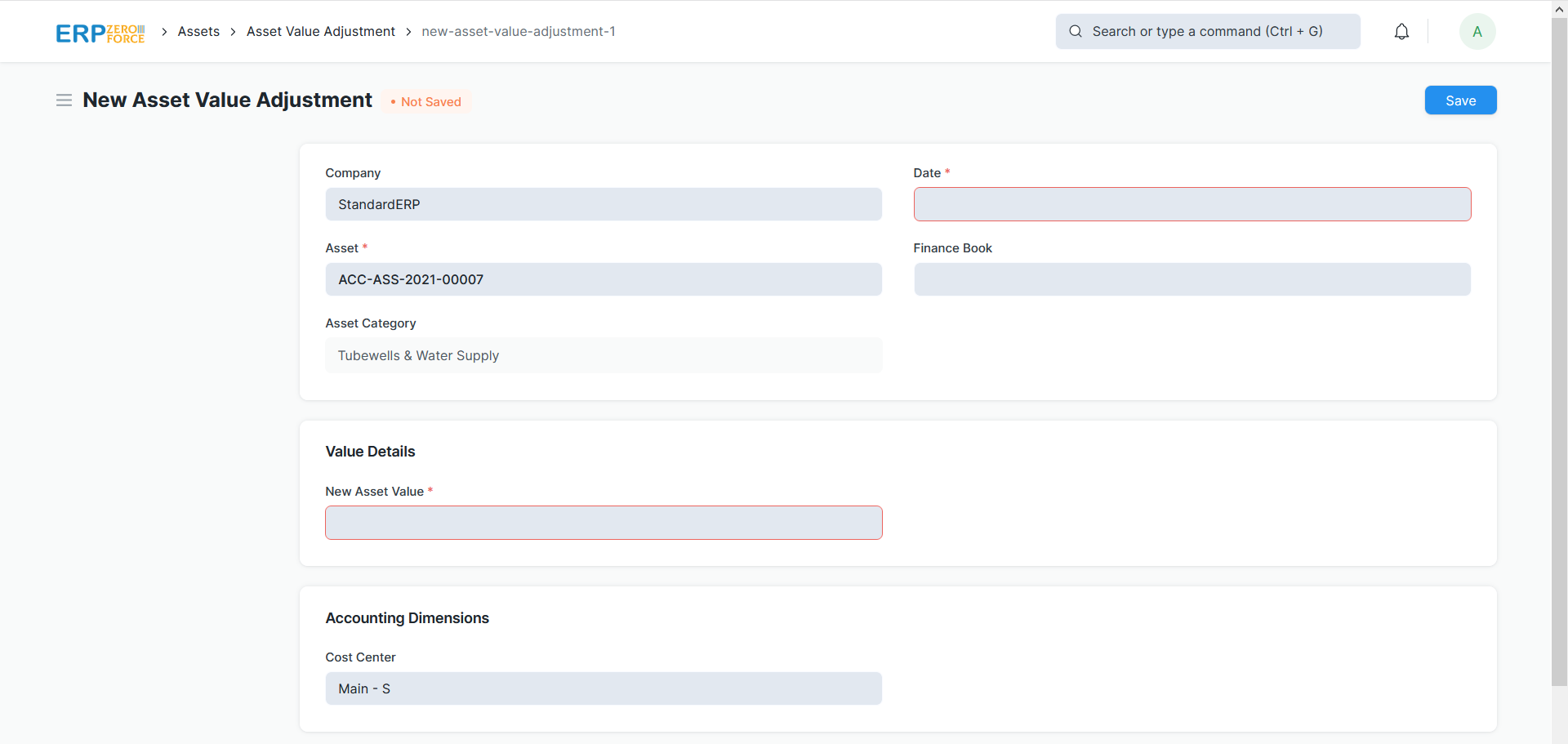
Asset Reporting
